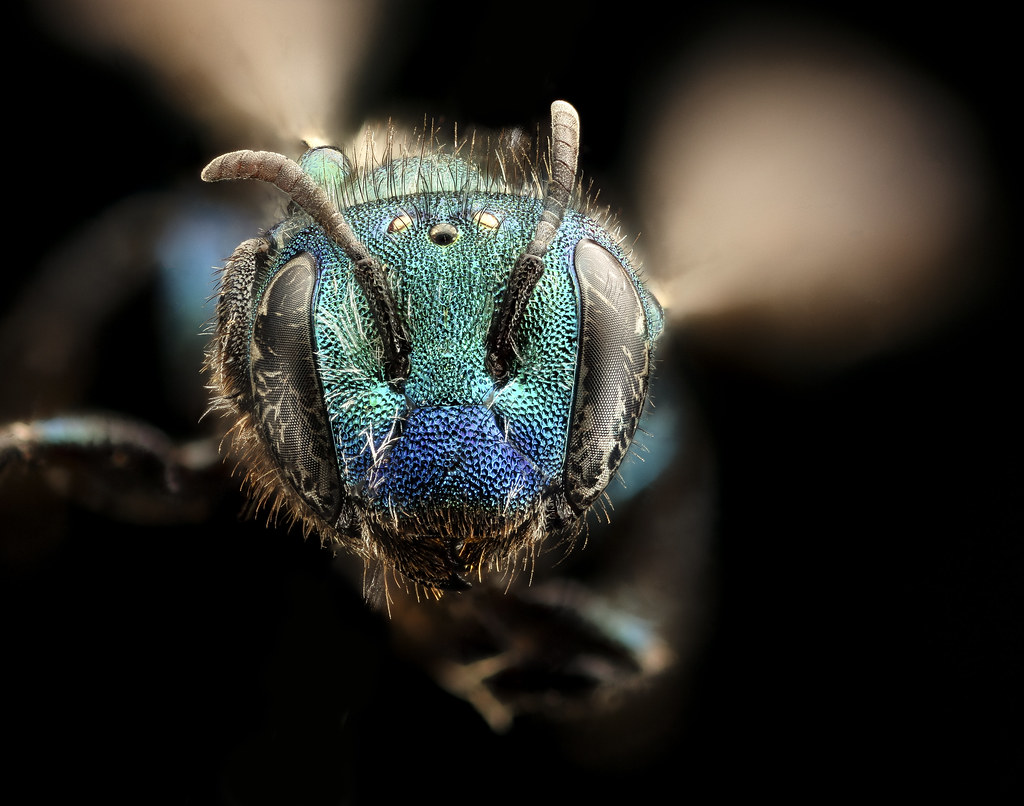On warm summer nights across various parts of the world, an enchanting natural light show takes place as certain insects illuminate the darkness with their mysterious glow. This phenomenon, known as bioluminescence, has captivated humans throughout history, inspiring folklore, scientific research, and artistic expression. Far from being just a beautiful spectacle, the ability of insects to produce their own light serves crucial evolutionary purposes and involves fascinating biochemical processes. From fireflies flashing courtship signals to glow-worms lighting up cave ceilings, the world of bioluminescent insects represents one of nature’s most magical adaptations.
The Science Behind Bioluminescence

Bioluminescence is the production and emission of light by living organisms through a biochemical reaction. In insects, this process typically involves an enzyme called luciferase that catalyzes the oxidation of a compound called luciferin, producing light as a byproduct. The reaction requires oxygen and often ATP (adenosine triphosphate), the energy currency of cells. What makes this light special is its efficiency—bioluminescent light is “cold light,” with nearly 100% of the energy converted to light rather than heat, making it one of the most efficient light sources known. This biochemical process has evolved independently in different insect groups, showcasing a remarkable example of convergent evolution in the natural world.
Fireflies: Nature’s Most Famous Light Show

Fireflies, also known as lightning bugs, are perhaps the most recognized bioluminescent insects, belonging to the beetle family Lampyridae with over 2,000 species worldwide. Their characteristic flashing patterns are primarily used for mate selection, with males flying through the air emitting species-specific light patterns while females respond from perches on vegetation. Each firefly species has its own unique flash pattern, functioning as a biological “password” that helps individuals identify potential mates of their own species. Some firefly species can even synchronize their flashing in spectacular displays, with thousands of insects blinking in perfect unison across entire trees or fields—a phenomenon that draws tourists to places like the Great Smoky Mountains in Tennessee and parts of Southeast Asia.
The Evolutionary Advantages of Glowing

Insects haven’t developed the ability to glow purely for aesthetic reasons—bioluminescence offers several survival advantages. The most common purpose is sexual selection and reproduction, as seen in fireflies using flashes to locate and attract mates. Some species use their glow as a warning signal to potential predators, advertising their toxicity or unpleasant taste—a strategy known as aposematism. Other bioluminescent insects employ their light as a hunting tool, attracting prey that are drawn to the glow. Perhaps most cunningly, certain female fireflies of the genus Photuris mimic the flash patterns of other firefly species to lure males, which they then capture and consume, obtaining protective chemicals from their bodies—a strategy aptly named “femme fatale.”
Glow-worms: Bioluminescent Larvae

The term “glow-worm” refers to various insect larvae or adult females that produce a steady, glowing light rather than the intermittent flashes of fireflies. True glow-worms are typically the larvae or flightless female adults of beetles in the family Lampyridae, though the name is also applied to the luminescent larvae of fungus gnats (family Keroplatidae) found in places like New Zealand and Australia. Female glow-worms often emit light to attract flying males while remaining stationary. In cave-dwelling species like New Zealand’s Arachnocampa luminosa, the larvae produce silk threads coated with droplets of sticky mucus, then use their blue-green light to attract small flying insects that become entangled in these “fishing lines.” This remarkable adaptation allows these insects to hunt effectively in the permanent darkness of cave environments.
Click Beetles: The Tropical Light Display

Certain species of click beetles, particularly those in the genus Pyrophorus found in tropical and subtropical America, produce an impressive bioluminescent display. Unlike fireflies, which have light organs on their abdomens, these click beetles (also called cucujos) possess two oval-shaped light organs on their thorax and a third on their abdomen. The light from these organs is typically yellowish-green and can be bright enough to read by when several beetles are placed together. Historically, indigenous peoples in parts of the Caribbean and South America would capture these beetles and use them as natural lanterns by keeping them in small cages. These insects can control their luminescence, brightening when disturbed and dimming when at rest, which likely serves as a defense mechanism to startle potential predators.
Railroad Worms: Multi-colored Light Displays
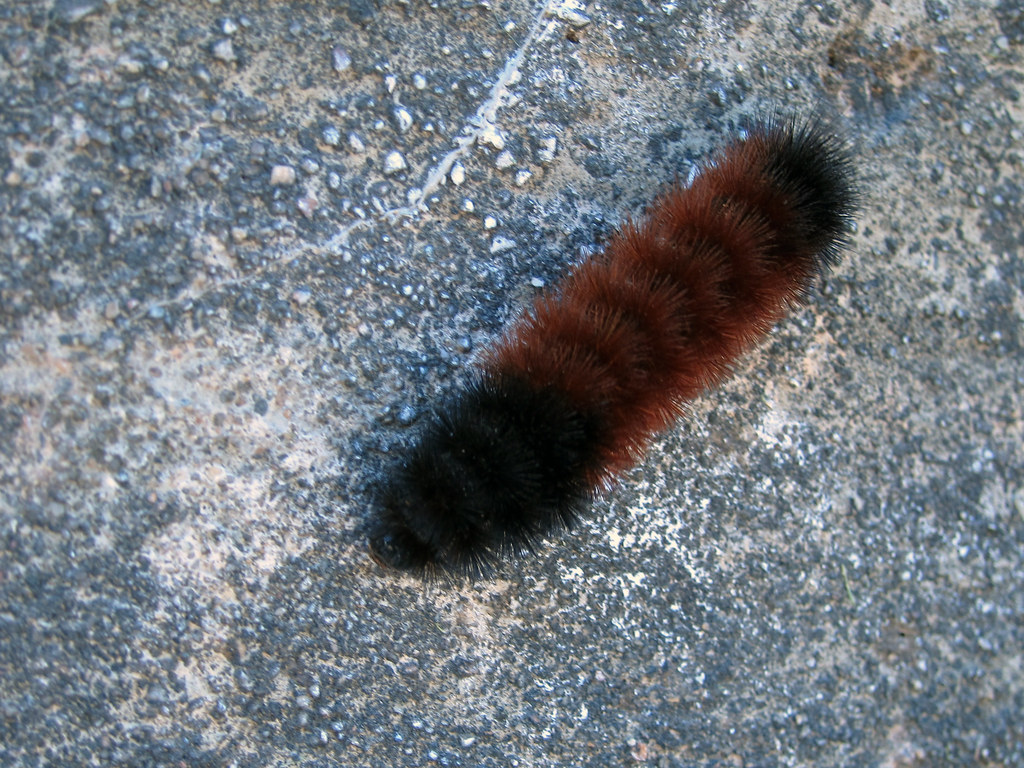
Railroad worms (Phrixothrix) are the larvae of certain beetle species that produce one of the most spectacular bioluminescent displays in the insect world. These fascinating creatures earned their name because their appearance resembles a miniature train at night, with a series of greenish-yellow lights along the sides of their body segments and a distinctive red light on their head. This makes them one of the few organisms capable of producing multiple colors of bioluminescence. The red light is particularly remarkable as red bioluminescence is extremely rare in nature and requires specific biochemical adaptations. Scientists believe the railroad worm uses its red headlight to help navigate while keeping this longer-wavelength light invisible to potential predators, many of which cannot see well in the red spectrum.
The Chemical Process: Luciferase and Luciferin

The biochemistry behind insect bioluminescence involves a complex interplay of specialized molecules and reactions. The key players are the enzyme luciferase and its substrate, luciferin, which undergoes oxidation in the presence of oxygen and ATP. This reaction creates an excited-state product that releases energy in the form of light photons as it returns to its ground state. Different species of insects have evolved variations in their luciferase enzymes and luciferins, which accounts for the differences in light color, ranging from green to yellow to red. The light-producing organs in bioluminescent insects contain specialized cells called photocytes that house these chemicals, often with reflective layers behind them to direct the light outward and sometimes with lens-like structures to focus it. This biochemical system is so efficient and sensitive that scientists have adapted luciferase for use as a research tool in molecular biology, where it serves as a reporter gene to monitor cellular processes.
Synchronous Fireflies: Nature’s Light Orchestra

One of the most magical bioluminescent phenomena occurs when certain firefly species flash in synchrony, creating waves of light across entire landscapes. This remarkable behavior is most famously observed in species like Photinus carolinus in the Great Smoky Mountains and various Pteroptyx species in Southeast Asia. The synchronization happens when thousands of male fireflies begin to entrain their flash patterns to one another, eventually creating a rhythmic, pulsating display where entire trees or fields light up and then go dark in perfect unison. Scientists believe this synchronization may help the fireflies overcome background noise, making individual males more visible to females. The mechanism behind this coordination involves complex neural oscillators that act somewhat like biological pacemakers, allowing the fireflies to adjust their flash timing based on what they observe from their neighbors.
Glowing Predators: Deceptive Hunting Techniques
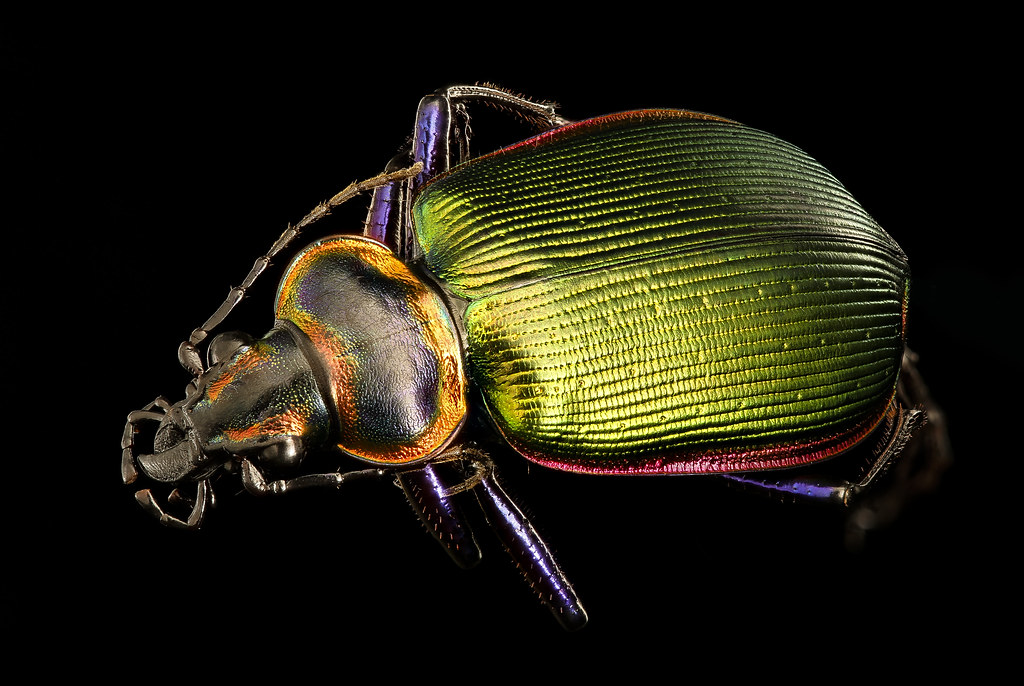
Some bioluminescent insects have evolved to use their glow not for reproduction but as a sophisticated hunting strategy. The most famous example is the New Zealand glow-worm (Arachnocampa luminosa), which creates an enchanting display in caves while engaging in a deadly deception. These insects, which are actually the larvae of a fungus gnat, construct hanging silk threads coated with droplets of sticky mucus. They then use their blue-green bioluminescence to attract flying insects, particularly moths, who navigate by celestial light and mistake the glow-worms’ light for the night sky visible through a cave opening. Once prey insects fly toward this false “exit,” they become entangled in the sticky threads and are reeled in and consumed by the waiting glow-worm. This specialized predatory use of bioluminescence demonstrates how light production can evolve to serve diverse ecological functions beyond mate attraction.
Geographic Distribution of Glowing Insects
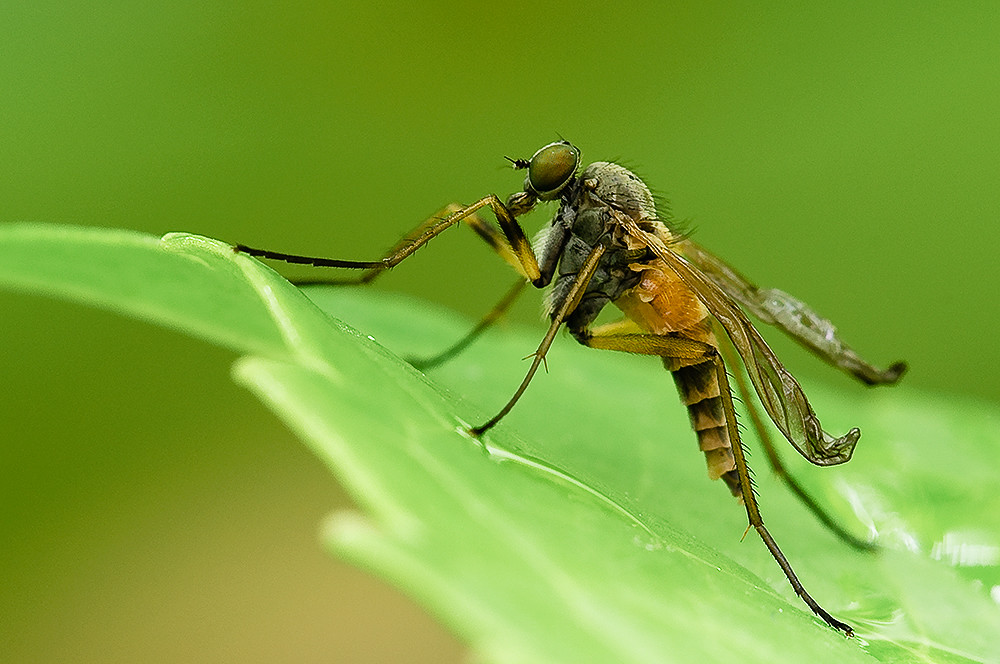
Bioluminescent insects can be found on every continent except Antarctica, though they are most abundant and diverse in tropical and subtropical regions. Fireflies are particularly common in temperate and tropical areas with sufficient moisture, with hotspots of diversity in Southeast Asia and Central and South America. The distribution often follows patterns of rainfall and humidity, as many bioluminescent insects require moist environments for their lifecycle. Some regions have become famous for their spectacular displays, such as Elkmont in Tennessee’s Great Smoky Mountains National Park, the mangrove forests of Malaysia and Thailand, and the Waitomo Caves of New Zealand with their glow-worm populations. Unfortunately, light pollution from expanding human settlements is increasingly interfering with these natural light shows, creating artificial backgrounds that make it difficult for bioluminescent insects to communicate and find mates.
Human Uses and Applications of Insect Bioluminescence
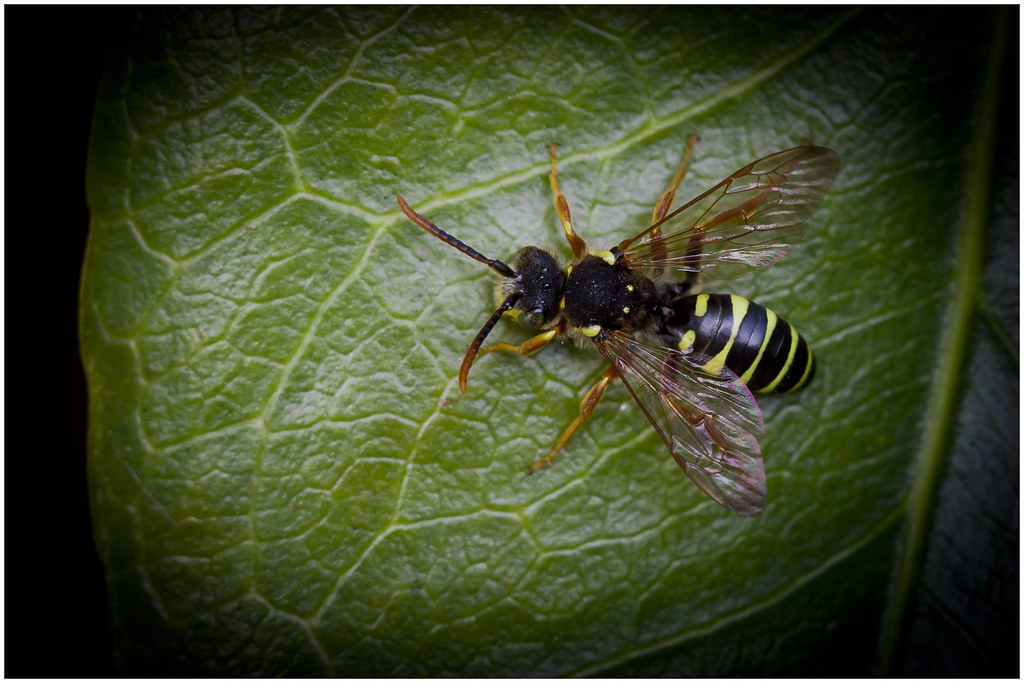
The unique properties of insect bioluminescence have inspired numerous scientific applications and cultural practices throughout human history. Indigenous peoples in the Caribbean reportedly used fireflies as natural lighting by keeping them in gourds with small openings. In modern science, the luciferase-luciferin system from fireflies has become an invaluable research tool in molecular biology and medicine. Scientists use these bioluminescent compounds as reporter systems to visualize gene expression, track cancer cells, detect bacterial contamination, and monitor ATP levels in living systems. The high efficiency of bioluminescent light production has even prompted research into creating sustainable bioluminescent lighting technologies that could one day complement conventional electric lighting. Additionally, understanding the mechanisms behind synchronous flashing in fireflies has contributed to mathematical models of spontaneous order and synchronization that have applications in fields ranging from computer science to neurobiology.
Conservation Challenges for Glowing Insects

Despite their enchanting presence, many bioluminescent insects face significant conservation challenges in the modern world. Light pollution from urban and suburban development interferes with their signaling systems, making it difficult for individuals to find mates and reproduce. Habitat loss due to deforestation, agriculture, and urbanization has eliminated many once-thriving populations. Pesticide use, particularly broad-spectrum insecticides, can devastate firefly populations along with their prey and habitat. Climate change is altering temperature and precipitation patterns in ways that may disrupt the lifecycle timing of these specialized insects. Conservation efforts for bioluminescent insects include establishing dark-sky preserves, creating firefly sanctuaries in places like Japan and Malaysia, developing more targeted pest management approaches, and raising public awareness about the ecological importance and vulnerability of these illuminating insects.
Cultural Significance and Folklore
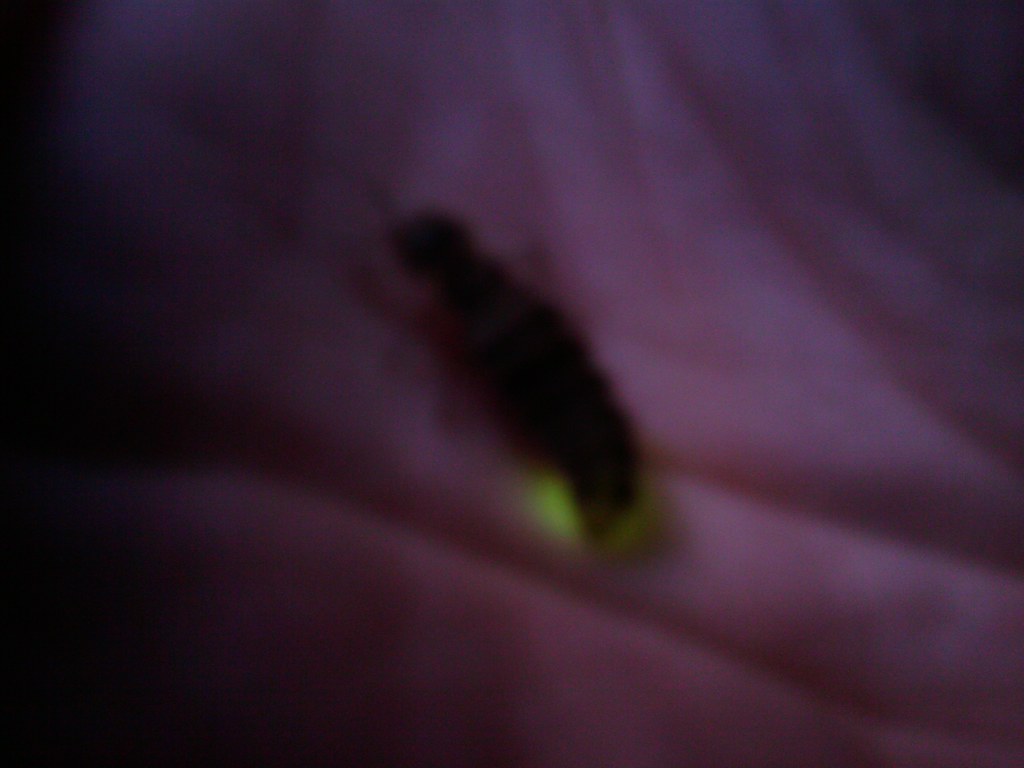
Throughout human history, the mysterious ability of insects to produce light has inspired wonder, folklore, and artistic expression across cultures. In Japan, fireflies (hotaru) hold special cultural significance, symbolizing the souls of soldiers who have died in war and featuring prominently in poetry, literature, and summer festivals. Chinese literature dating back to the Tang Dynasty contains numerous references to fireflies, sometimes describing how children would capture them in transparent containers to use as reading lights. Native American tribes incorporated fireflies into various origin myths and healing traditions. In parts of the Appalachian Mountains, folklore suggested that seeing the first firefly of the season was a signal to plant crops. Today, fireflies continue to inspire artists, writers, and filmmakers, serving as powerful symbols of ephemeral beauty, transformation, and the magic inherent in the natural world.
Conclusion
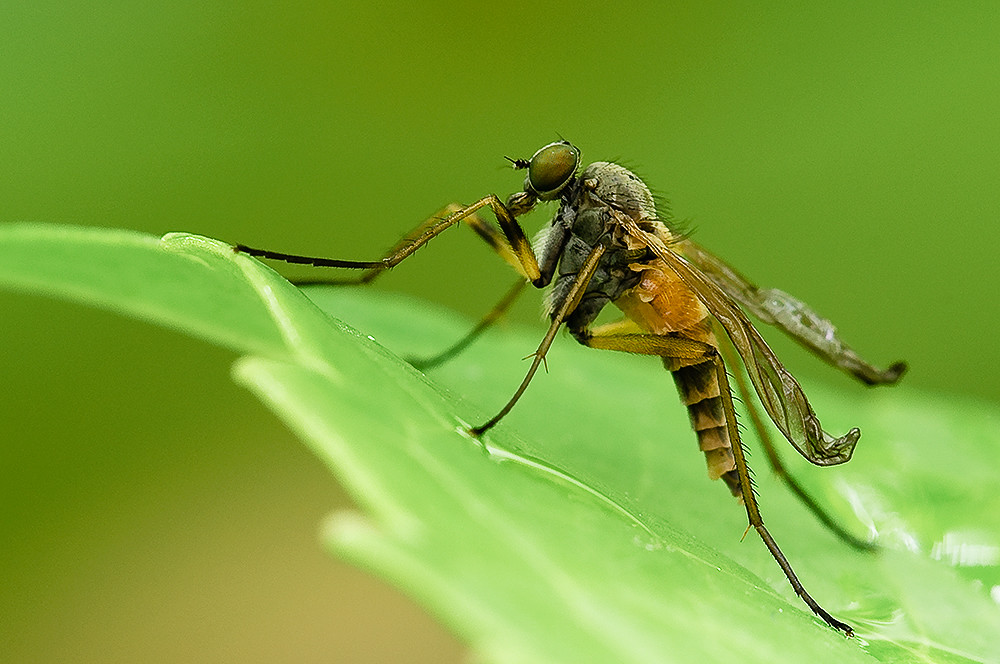
The ability of certain insects to generate their own light represents one of nature’s most magical and efficiently engineered systems. From the biochemical reactions that produce this cold light to the diverse ways different species use it for communication, predation, and defense, bioluminescent insects showcase evolution’s remarkable capacity for specialized adaptation. As we continue to unravel the scientific mysteries behind these living light sources and work to protect their diminishing populations from modern threats, the humble glowing insect remains both a subject of cutting-edge research and a symbol of nature’s enduring wonder. Whether flashing in synchronized harmony on a summer night or illuminating the darkness of a remote cave, these insects remind us that some of the most extraordinary technologies on Earth have been perfected not in laboratories but through millions of years of natural selection.

